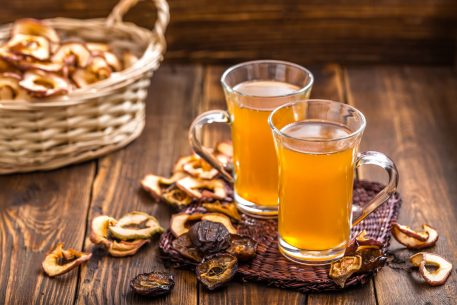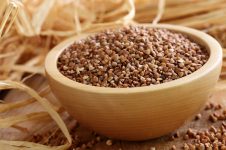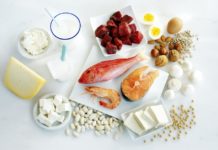Inflammation of the gastric mucosa, or gastritis, is the most frequently diagnosed disease of the gastrointestinal tract, which affects patients of all ages. To completely recover from an illness, it is not enough to take only medications; nutrition with gastritis of the stomach plays an equally important role. Thanks to him, it is possible to stabilize the patient's condition, regardless of the type of pathology. So, what are the fundamental principles of a diet for gastritis, depending on its type?
Material Content:
The basic rules of nutrition for gastritis
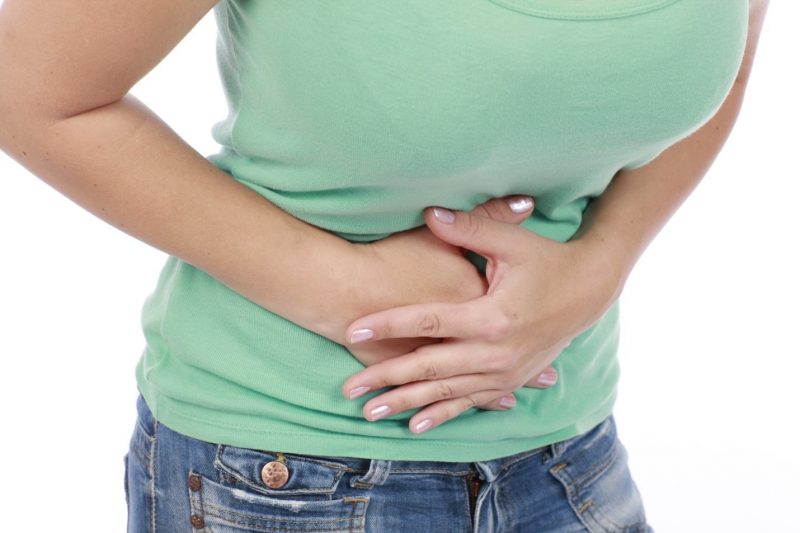
Regardless of what type of disease the disease belongs to, all patients who still want to curb it should adhere to the following requirements:
- Meals should be frequent, ideally every 3 to 4 hours, and portions small. This is done so that the food evenly enters the stomach and does not occur overflow, which often threatens the appearance of bloating and heartburn.
- Any dishes should be consumed only warm, cold and hot under the ban - they irritate an already inflamed mucosa.
- Preference should be given to boiled and stewed dishes, as they are easier to digest and do not create an additional burden on the diseased organ. Baked can be carefully included in the diet at the stage of remission.
- The last meal takes place at least 3 hours before bedtime, while dinner can not be difficult. It is best if it is a small amount of natural yogurt or another similar product.
- The patient is allowed to include in the menu only those dishes that are recommended by the attending physician.Before introducing a new dish into the diet, consult a gastroenterologist.
- At high and low levels of acidity, as well as during exacerbations, it is recommended to adhere to nutrition in accordance with diet tables No. 1 and No. 2 according to Pevzner.
The above recommendations should be followed by all patients suffering from diseases of the stomach.
Diet for gastritis in the acute stage
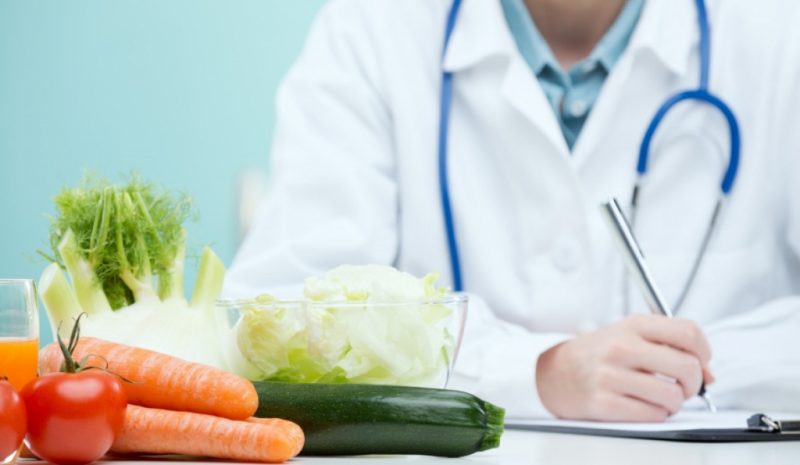
The cessation of remission is characterized by the following symptoms:
- the patient's health is rapidly deteriorating, severe abdominal pain appears;
- there is a feeling of fullness of the abdomen with air, flatulence and burning in the esophagus are possible;
- disorders in the work of the stomach and intestines are observed;
- a person becomes lethargic and lethargic, does not show interest in the world around him;
- in some cases, an increase in body temperature up to 38 - 39 degrees is possible.
In order to make it easier for the patient to transfer this condition, in addition to drug treatment, a strict diet is shown:
- Fractional nutrition is extremely important, the food should be soft and without interspersing hard particles, which can additionally injure an already inflamed stomach.
- It should be eaten slowly, food must be thoroughly chewed.
- Preference should be given to boiled and stewed dishes. Lean varieties of meat and fish, some types of vegetables are perfect.
- With exacerbation of gastritis, it is recommended to give preference to liquid mashed soups, dried bread or bread, decoctions of rice and oatmeal. You can eat boiled meat a little. Vegetables need not only to boil, but also to punch in a blender for better absorption.
- All dishes that worsen the condition of the patient are removed from the diet. These are sour dishes, cabbage and legumes (the latter increase intestinal motility). Also, do not abuse fresh fruits. The exception is bananas.
- You should abandon the use of foods that are long digested. It can be dense and fatty baked meat, mushrooms.
- You can’t eat fresh bread, especially white bread. Preference should be to crackers or cereal bread specially designed for patients with diseases of the digestive tract.
If an exacerbation occurs, especially when it comes to gastritis with high acidity, it is important not only to tighten the diet, but also to see a doctor as quickly as possible in order to avoid the development of numerous complications.
What products are banned
Below is a list of products that are strictly prohibited for use by all people suffering from diseases of the stomach.
These include:
- Containing a high percentage of fat, fried, salty foods, smoked meats in any form, as well as dishes with lots of seasonings.
- Any carbonated drinks, as carbon dioxide irritates the inner surface of the stomach.
- Fast food and convenience foods, all kinds of canned food.
- Vegetable food with a sour taste.
- Fresh white, as well as all grades of black bread.
- Meat and fish dishes containing a large amount of fat, and strong broths prepared on their basis.
- Sour-milk products, not skim milk.
- Excessive sweets, especially those with a high content of dyes and chemicals.
- Fresh baking.
- Shop sausages.
- Any kind of purchased sauces, mayonnaise.
- Alcoholic drinks.
- Strongly brewed teas of all varieties, coffee.
All the above products must be deleted from the menu for any type of gastritis, since they injure the inner surface of the stomach and can catalyze the release of hydrochloric acid.
Allowed foods for gastritis
The list of approved products for the pathologies discussed is as follows:
- Meat and fish products that can be classified as lean.
- Vegetables cooked or stewed in their own juice with a minimal addition of oil.
- Low fat dairy products.
- All types of cereals in the form of liquid cereals (priority is oatmeal and buckwheat).
- Weakly brewed teas of any kind, coffee from ground beans with skim milk.
- Vegetable casseroles and baked cottage cheese dishes with a low percentage of fat content.
- Mashed soups, decoctions based on rice groats and oats.
- Uzvari on herbs or sweet fruits.
- With caution, in particular, with erosive gastritis, you should eat various fruits of fruit trees and berries.
The above list is basic. By his own well-being, the patient can enrich his diet.
Menu for the week
For clarity, you should read the menu for the week, which can give a general idea of what dishes are allowed to eat.
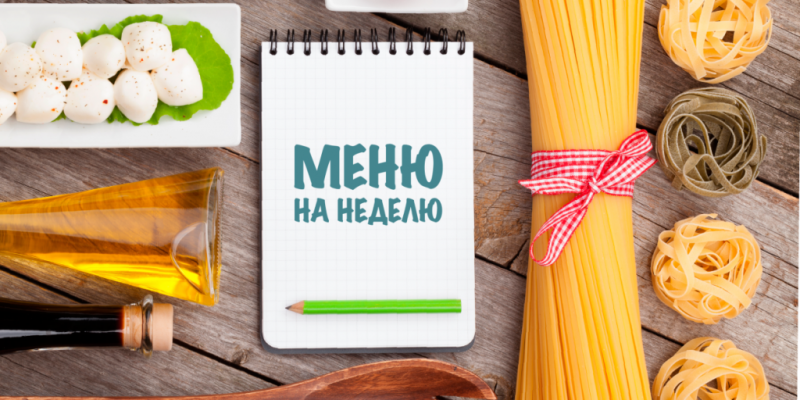
In some cases, a slight deviation from dietary nutrition is possible, however, it is always negotiated with the doctor individually.
With low acidity of the stomach
If a small amount of gastric juice is produced in the stomach, then the menu is made taking into account this feature:
| Day of the week | Breakfast | Lunch | Dinner | High tea | Dinner |
|---|---|---|---|---|---|
| Monday | steam omelet and chamomile tea with honey | banana and apple fruit salad | fish soup | compote biscuits | mashed potatoes, steam cutlets and lemon tea. |
| Tuesday | cottage cheese casserole with cocoa | a small amount of sweet grapes | soup with vegetables and some stewed chicken | some marmalade | jacket-boiled potatoes with steamed low-fat fish. |
| Wednesday | pancakes with curd filling and berry jam | banana | boiled vegetable casserole with chicken breast | homemade marshmallows | dumplings with cottage cheese and sour cream sauce. |
| Thursday | oatmeal porridge in milk with jam or honey, weak black tea | stewed fruit cake | chicken broth noodles soup and home-made low-fat sausages | yesterday’s gray bread toast with low-fat ham, apple juice | buckwheat porridge and steam cutlets. |
| Friday | Soft-boiled eggs, cheese and ham sandwich, weak tea | medium sized baked apple | meatball soup | berry jelly | hotpot. |
| Saturday | fried eggs, yesterday's bread with butter and cheese, compote | a handful of sweet berries | pasta with cheese, steam patties | oatmeal, lightly brewed black tea | vegetable stew, a drink based on medicinal herbs that normalize the activity of the digestive tract. |
| Sunday | omelet, cocoa with milk | apple or sweet orange | mashed potato soup, stew | unsweetened dry cookies, a glass of kefir | light vegetable salad, boiled chicken breast. |
Despite the limited selection of products, even diet food can be made tasty and varied.
With increased acidity of the stomach
In this case, provocative products should be avoided, the sour taste of which can negatively affect an inflamed stomach and provoke even greater production of hydrochloric acid:
| Day of the week | Breakfast | Lunch | Dinner | High tea | Dinner |
|---|---|---|---|---|---|
| Monday | boiled egg, dried gray bread, butter and cheese | marshmallows | lean fish ear | unsweetened cocoa cookies | pasta with cheese, steam patties. |
| Tuesday | dumplings with curd filling, chamomile tea | inedible cookies, compote of sweet fruits and berries | chicken broth with croutons, boiled meat | rosehip jelly | buckwheat porridge and vegetable salad. |
| Wednesday | dried bread, low-fat ham or boiled pork, cheese, tea | glass of kefir | soup with rice and meatballs | natural yogurt with a little sweet jam | cottage cheese casserole with yogurt. |
| Thursday | pancakes with low-fat sour cream, tea | weak coffee biscuits | homemade noodle soup, baked chicken drumsticks | candy and cocoa | vegetable casserole. |
| Friday | oatmeal on water with tea or weak coffee | dried gray bread with cheese and sweet juice | vegetable soup puree | yogurt | mashed potatoes, stew in their own juice. |
| Saturday | semolina porridge with jam, tea | compote biscuits | chicken soup with rice and boiled meat | sweet apple or banana | mashed potatoes with homemade sausages. |
| Sunday | magnificent omelet, chamomile broth | fruit salad with honey | noodle soup with boiled chicken leg | berry jelly | rice porridge with stewed vegetables |
The above menu is exemplary, it can be varied as you wish.
Important Tips

Despite the fact that the diet for gastritis plays an important role, you must not forget about the following recommendations:
- Regularly undergo examinations at the attending physician to monitor the state of health, so as not to miss the onset of exacerbation of the disease.
- Take easy walks. They will help to fight against physical inactivity, improve intercellular metabolism, oxygen will more quickly reach the vital organs.
- Stop smoking and drinking alcohol.
- He goes to bed and wakes up at the same time.
- Try to be less nervous, since stress provokes deterioration in the functioning of the digestive tract.
This will help not only bring gastritis into remission, but also strengthen the patient’s health.
Diseases of the stomach require careful treatment. This is not possible without following dietary principles.
At first it may not be easy to adapt to the new rules. However, over time, eating healthy and safe foods will become a habit that will have a beneficial effect on the condition of the whole organism.





